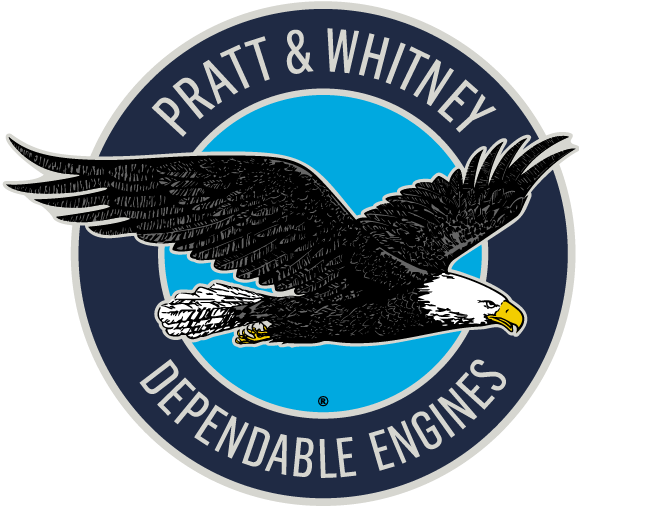
Figure 1

Figure 2

Team 6
Team Members |
Faculty Advisor |
Sam Knowlton |
Wei Wei Sponsor Pratt & Whitney |
sponsored by

Machine Learning and Artificial Intelligence for Jet Engine Health Management
Jet engine health management is important for airlines’ profit in commercial engine market and fleet readiness for military customers. It has the goal of doing the right maintenance at the right time and the right place. Doing the right maintenance will help reduce the maintenance cost by only conducting the needed work other than spending the resource to deal with false alarms; Doing the maintenance at the right time features the so-called Condition-Based Maintenance (CBM) where the maintenance is only conducted when it is really needed other than scheduled so that the maintenance cost is reduced and engine time-on-wing is extended; Doing the maintenance at the right place allows the needed facility and part inventory are in place to support the maintenance (for commercial airlines, this is usually the hubs). As an engine OEM, Pratt & Whitney is committed to provide dependable jet engine health management. The key to support doing the right maintenance at the right time and the right place is to identify a failure accurately and reliably at an early stage so that there will be ample time for the aircraft to get to the right place for maintenance. For most engine components, a failure is a state of the component that a fault is progressed to. By definition, a fault is a physical imperfection or impairment that is responsible for failure while a failure is a state of inability to perform a normal function. As shown in the P-F curve in Figure 1, the earlier a fault is detected, the less cost to repair would incur. It is well-known that the earlier a fault is detected, the more likely the detection is a false alarm. Excessive false alarms would defeat the propose of doing the right maintenance. Also, some of the fault may lead to safety critical failures, in which case, the recall rate of the detection has to be 100%. Overall, the goal for this project is to implement a machine learning algorithm which can accurately identify and diagnose engine faults.
